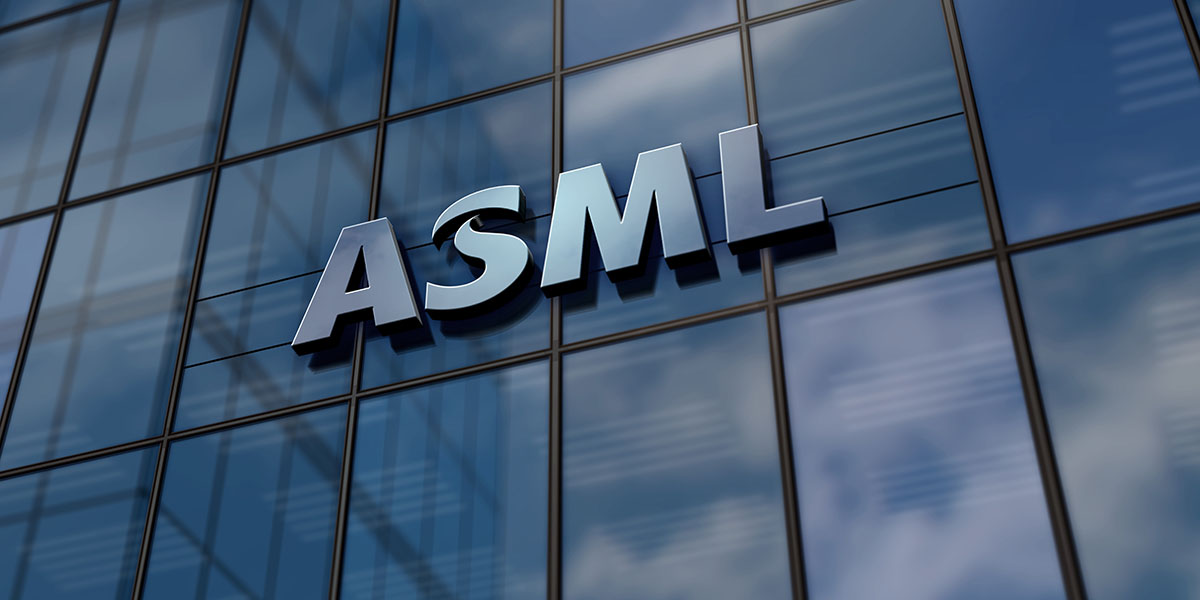ASML may not be a household name, but within the semiconductor industry it is indispensable. The Dutch company is the sole producer of extreme ultraviolet lithography (EUV) machines, the complex systems required to manufacture the world’s most advanced chips. Without ASML’s technology, companies like TSMC, Samsung, and Intel could not produce the processors that power smartphones, data centers, and artificial intelligence.
This monopoly has made ASML one of the most valuable firms in Europe and a strategic asset for the global technology supply chain. Each EUV machine costs more than $150 million and takes months to assemble, involving thousands of precision components. ASML’s expertise and decades of research have created a technological barrier that competitors have been unable to breach.
But with great importance comes scrutiny. Governments view ASML as critical to national security, and geopolitical tensions have placed the company in the middle of a technological rivalry between the United States and China. The question is whether ASML can maintain its monopoly as global pressures mount.
The EUV Advantage
ASML’s rise stems from its mastery of lithography, the process of etching circuits onto silicon wafers. As chips have grown more complex, traditional methods could no longer keep pace. EUV uses extremely short wavelengths of light to print features just a few nanometers wide, enabling the latest generations of processors.
No rival has matched ASML’s capabilities. Decades of collaboration with research institutions and suppliers such as Zeiss have given it a unique lead. Its machines are marvels of engineering, involving mirrors polished to atomic-level precision and vacuum chambers to manage delicate light patterns.
This technological dominance means chipmakers are dependent on ASML. TSMC and Samsung order EUV systems to stay at the cutting edge, while Intel relies on them to regain competitiveness. Each order reinforces ASML’s position as the sole gatekeeper of progress in advanced semiconductors.
Supply Chain and Geopolitical Tensions
ASML’s critical role has drawn it into global politics. Under pressure from the United States, the Dutch government has restricted ASML from selling its most advanced EUV tools to China. Washington argues that access to these machines would give Beijing an edge in military and AI technologies.
China, eager to develop its own semiconductor industry, has protested the restrictions and is investing heavily in domestic alternatives. For ASML, the ban limits a potentially lucrative market, though demand from other regions remains more than sufficient. The episode highlights how deeply geopolitics now shapes the semiconductor industry.
ASML must also manage a delicate supply chain. Its machines rely on thousands of specialized components sourced globally. Any disruption, whether from trade disputes or natural disasters, could affect production schedules. Ensuring resilience is as critical as maintaining technological leadership.
Barriers to Competition
Building an EUV machine is not something competitors can easily replicate. ASML has spent decades refining the technology, investing billions in research and development. Even with unlimited resources, rivals would struggle to catch up quickly.
That said, innovation never stands still. Other approaches to chipmaking, such as advanced packaging and alternative lithography methods, could eventually reduce reliance on EUV. If a breakthrough emerges, ASML’s dominance could be challenged. For now, however, it remains secure.
The company is also pushing forward with next-generation systems, known as High-NA EUV, which promise even greater precision. By staying ahead of the curve, ASML aims to extend its monopoly for another decade or more.
The Road Ahead
ASML’s future looks strong, but it is tied to forces beyond its control. Global demand for chips is rising, fueled by artificial intelligence, cloud computing, and connected devices. As long as these trends continue, ASML’s order book will remain full.
The risks are geopolitical and technological. Rising U.S.-China tensions could put the company under more pressure, while breakthroughs in alternative technologies could eventually challenge its position. Managing both will require careful strategy and continued innovation.
For now ASML is one of the most critical companies in the world, holding the keys to progress in advanced computing. The question is not whether it matters, but whether it can protect its monopoly in an industry where innovation and politics collide.
